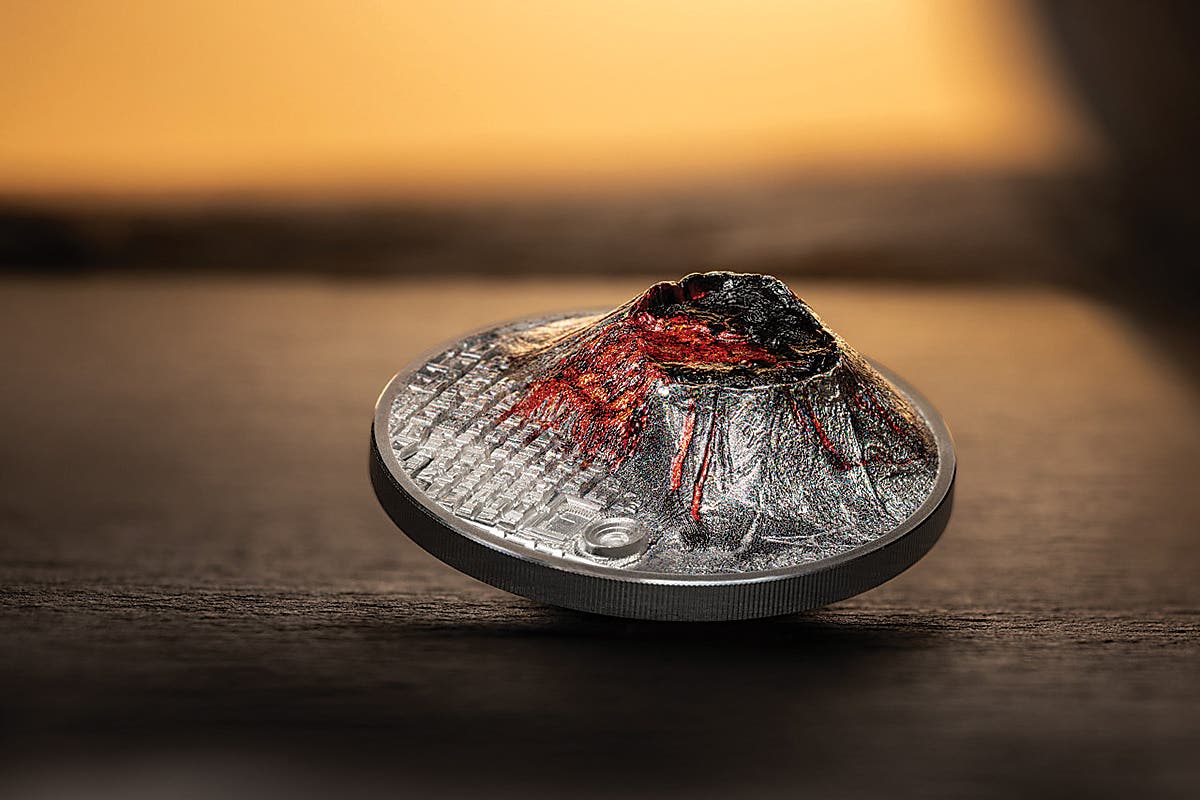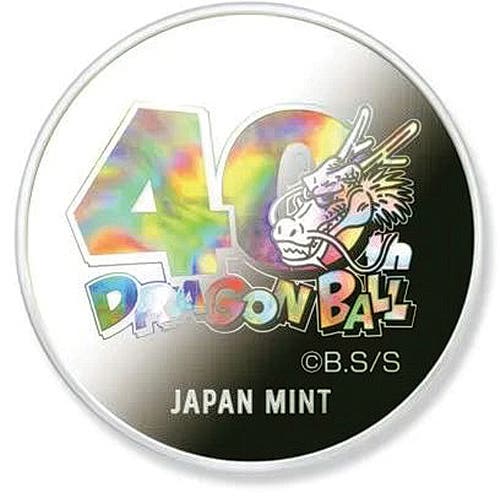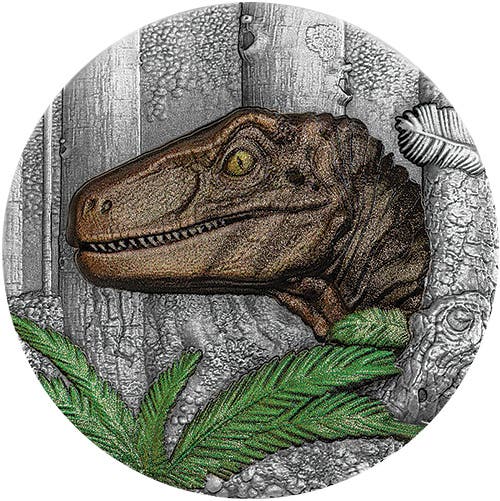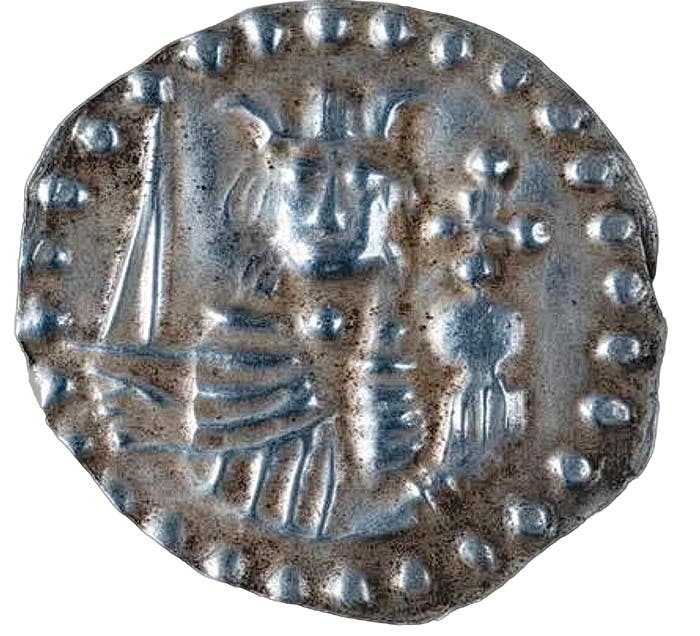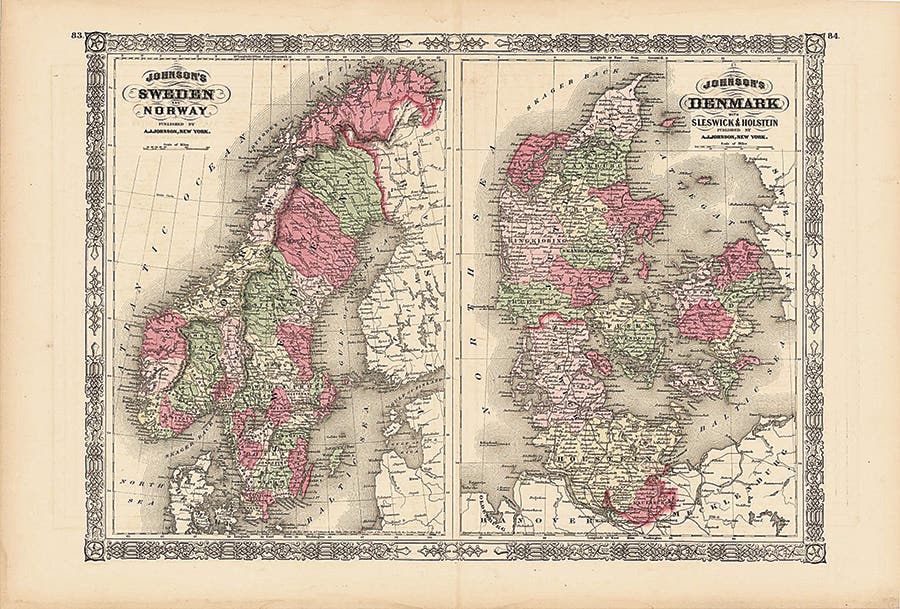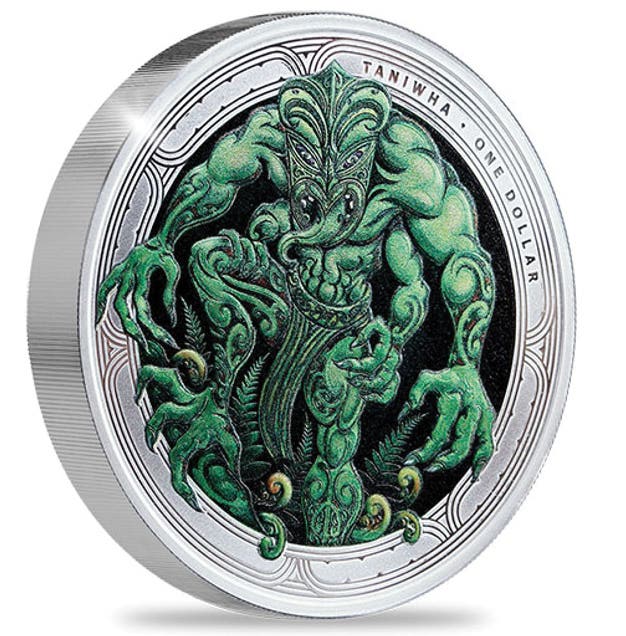Palestine Considers Digital Currency
There is plenty of cash sitting in banks in Gaza and the West Bank territories occupied by the Palestinian National Authority. So, why is the Palestinian Monetary Authority looking into…
There is plenty of cash sitting in banks in Gaza and the West Bank territories occupied by the Palestinian National Authority. So, why is the Palestinian Monetary Authority looking into a digital currency?
The region under the control of the PNA has been called the State of Palestine since 2013. It is a Fatah-controlled region as a consequence of the 1993-1995 Oslo Accords. The region has been controlled by Israel since the Six-Day war of 1967 despite the PNA’s attempts to gain recognition as an independent state.
Under accords agreed to between Israel and the Palestinians during the 1990s the Palestinians can’t create their own currency system. Their economy primarily uses the Israeli shekel, Jordanian dinar, and the U.S. dollar.
Israel manages the Palestinians’ taxes. The West Bank has been subject to a 14-years blockade that has brought its economy to near collapse, subjected to severe Israeli restrictions and enduring four wars since 2008. Gaza is under the jurisdiction of the Palestinian Authority, which has limited administrative powers.
According to a June 24 report by news outlet Aljazeera, “Palestinian banks are currently awash in shekels because of an Israeli law prohibiting large cash transactions, meant to crack down on money laundering. Israel also limits how many shekels Palestinian banks can transfer back into Israel monthly. As a result, they sometimes have to borrow to cover foreign exchange payments to third parties and are stuck with a glut of Israeli bank notes.”
Palestinian Monetary Authority Governor Feras Milhem said there are two cryptocurrency studies taking place to determine if perhaps a digital currency might resolve this problem. A cryptocurrency would be used “for payment systems in our country and hopefully with Israel and others to use for actual payments,” according to Milhem.
Milhem continued, “Our banks implement very strict rules. They implement ‘know your client’ rules. In this case we are not worried.”
There are serious questions if such a system is doable. Palestine Economic Policy Research Institute Director Raja Khalidi said, “The macroeconomic conditions don’t exist to allow a Palestinian currency – digital or otherwise – to exist as a means of exchange,” adding that such a monetary system would “send a political signal to show apparent appearance of monetary autonomy from Israel.”
A June 24 Aljazeera news release adds, “The Palestinian economy is inherently weak, constrained significantly by Israeli limitations on the free flow of goods and people. It relies heavily on donor money, and remittances from Israel.”
Former Bank of Israel governor senior adviser Barry Topf said of the idea, “It’s not going to replace the shekel or the dinar or the dollar. It’s certainly not going to be a store of value or a unit of accounting.”
The cryptocurrency idea began in 2019 when then Palestinian Prime Minister Mohammad Shtayyeh Raif looked to insulate the Palestinian economy from Israeli restrictions and political threats. Since that time analysts have argued “the problem of the Palestinian economy is not the currency but rather a complex economic and political reliance on Israel.”
Coins and bank notes were issued for the Palestinian Mandate between 1927 and 1946. Israel’s coin and bank note currency system began in 1949 and has been changed several times since then.
While none of them are recognized as legal tender or have been used as such there have been several commemorative ‘coins’ issued in the name of the Palestinian Authority. A 2010 Peace Dove 5-dinars coin struck in Uncirculated and in Proof composed of 0.999 fine silver or copper was produced by the Patrick Mint in Santa Rosa, California. The coin was designed by coin dealer Joseph Lang, whose initials appear on the obverse. The Peace Dove obverse design is based on a drawing by Pablo Picasso. The reverse includes the word ‘pattern’ in Arabic and ‘essai.’
In 2014 silver-plated steel Peace Dove 5-dinar and copper-nickel as well as Dome of the Rock silver-plated steel 10-dinar coins were struck by a mint in China. The numeral digit is missing on the 5 dinar. Neither denomination includes anything indicating the issue is either a pattern or an essai. Lang’s initials appear on the 10 dinar.




